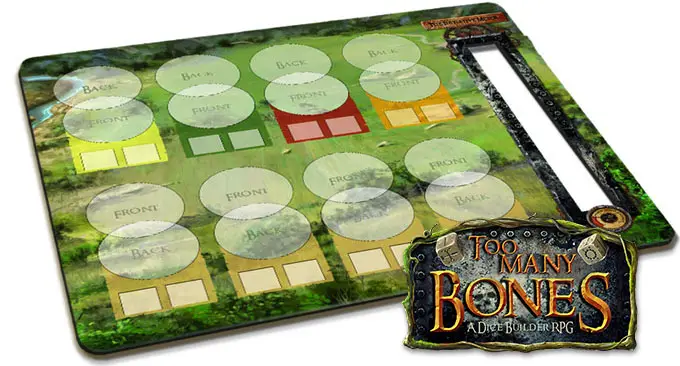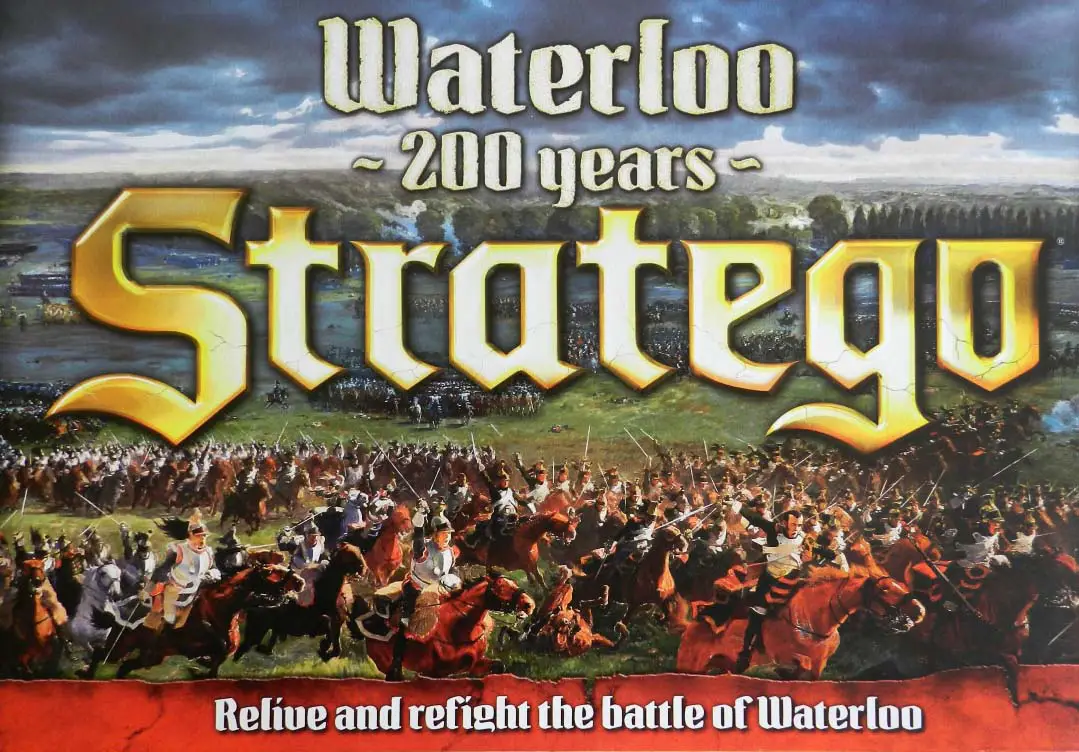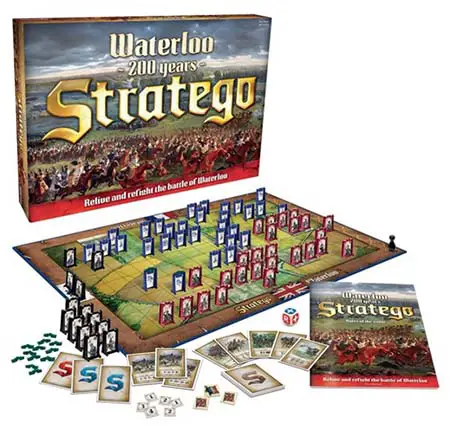
The Might Is Right Variant

This variant proposes less randomly determined duels, replacing dice for duel tiles. To play this variant, you have to use the following modifications.
During game set up:

For a two-player game, each receives 6 duel tiles, numbered 0 to 5, and $15.
 For a three- to five-player game, take 6 duel tiles (from 0 to 5) per player, and mix them. Each player receives 6 duel tiles at random and keeps them secretly.
For a three- to five-player game, take 6 duel tiles (from 0 to 5) per player, and mix them. Each player receives 6 duel tiles at random and keeps them secretly.
Each player announces the total of points on his duel tiles. The sum of the totals must be 45 (if 3 players), 60 (if 4 players) or 75 (if 5 players). As starting cash, each player receives $30 minus the total of his duel tile points. …

























